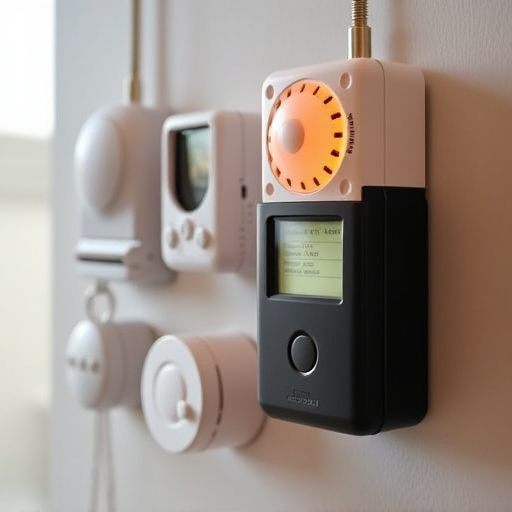In a digital era with remote work and isolated activities, protecting lone workers like students, construction site foremen, and delivery drivers is critical. Compact personal alarms, featuring GPS tracking, automatic fall detection, and distress signal transmission, are crucial tools for ensuring swift assistance during emergencies. When selecting a compact personal alarm for students, look for multi-functional alerts, water resistance, long battery life, and easy controls. Effective safety systems require real-time communication features, strategic implementation, regular training, backup power options, and prompt maintenance checks to ensure optimal reliability.
In today’s digital era, ensuring the safety of lone workers is more critical than ever. For students working remotely or in isolated environments, a compact personal alarm serves as a vital tool. This article explores the urgent need for safety alert systems, delving into key features to look for in a compact personal alarm tailored for students. We also provide best practices for effective implementation and usage, ensuring that folks remain safe while navigating their daily routines.
- Understanding the Need for Safety Alert Systems for Lone Workers
- Key Features to Look for in a Compact Personal Alarm for Students
- Best Practices for Implementing and Using Safety Alert Systems Effectively
Understanding the Need for Safety Alert Systems for Lone Workers
In today’s digital era, where remote work and independent pursuits are becoming the norm, ensuring the safety of lone workers is more crucial than ever. The term “lone worker” encompasses a wide range of individuals, from construction site foremen to students studying in isolated areas or even delivery drivers operating far from base stations. These workers often find themselves in situations where immediate assistance may be needed, yet they lack the support structure present in traditional work environments.
This is where safety alert systems step in as indispensable tools. A compact personal alarm designed specifically for students or any lone worker can make a significant difference in emergency scenarios. Such devices are lightweight, easily portable, and equipped with features like GPS tracking, automatic fall detection, and distress signal transmission. These alerts not only provide peace of mind but also ensure that help arrives promptly when needed most, revolutionizing how we perceive and manage safety for our isolated workforce.
Key Features to Look for in a Compact Personal Alarm for Students
When choosing a compact personal alarm for students, several key features should be top of mind to ensure maximum safety and peace of mind. First and foremost, look for devices that offer multi-functional alerts, combining loud sirens with flashing lights to draw immediate attention in emergency situations. The alarm should also include a GPS tracking function to pinpoint the user’s location, which is crucial when navigating unfamiliar areas or in remote locations.
Additionally, water resistance and long-lasting battery life are essential features for a student’s personal alarm. Many models offer both waterproof and impact-resistant designs, perfect for outdoor activities or unexpected falls. A lengthy battery life ensures that your alarm remains reliable throughout the day without constant recharging. Look for alarms with easy-to-access buttons and intuitive controls to quickly activate the device when needed.
Best Practices for Implementing and Using Safety Alert Systems Effectively
Implementing and using safety alert systems effectively requires a strategic approach tailored to the unique needs of lone workers. Firstly, choose a system that offers real-time communication features like instant alerts, voice messaging, and location sharing, ensuring immediate response capabilities. A compact personal alarm designed for students or lone workers can be a game-changer in emergency situations, allowing users to quickly signal for help from a distance.
Best practices also include regular training sessions to familiarize users with system functionality and protocols. Encouraging open dialogue about safety concerns and involving employees in the design process fosters a culture of proactive risk management. Additionally, integrating the alert system with existing security measures and ensuring backup power options enhances overall reliability. Regular maintenance checks and prompt updates ensure the technology remains efficient and up-to-date.
Lone workers, especially students, face unique risks that require robust safety measures. Implementing compact personal alarm systems equipped with GPS tracking, automatic fall detection, and easy-to-use alarms can significantly enhance their safety. By following best practices, such as regular training and clear communication protocols, organizations can ensure these devices are effectively used in emergencies. Choosing a reliable Compact Personal Alarm for Students that meets specific needs is crucial to ensuring the well-being of vulnerable individuals working or studying alone.
